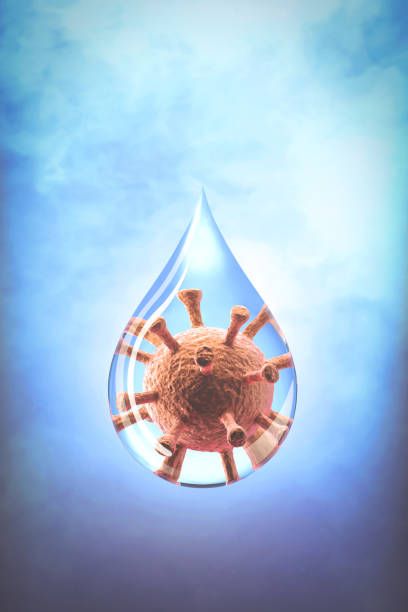In the US, the increase in homelessness, influenced by the COVID-19 pandemic, poses public health challenges. Research indicates that environmental surveillance of flood control areas can reveal infectious disease prevalence among the homeless, often overlooked in clinical data. This approach provides insights into health trends and emphasizes the importance of public health interventions for marginalized communities.
This approach reflected the variant compositions found in municipal wastewater, and clinical specimens revealed previously unreported mutations, underscoring its potential for enhancing understanding of viral evolution and public health monitoring among underrepresented populations. Researchers focused on analyzing environmental water samples from flood control channels known to be inhabited by unsheltered individuals. Their findings reveal a closer look into the spread and variants of SARS-CoV-2 within these marginalized populations, often missed in traditional clinical data.
“The variant compositions in the samples were similar to those in municipal wastewater samples and clinical specimens from the same geographic area and period," according to investigators. "In January 2022, a year after the peak of Alpha variant infections, 10 of the 22 mutations characteristic of the Alpha variant were detected in the environmental water samples. Additionally, mutations in the spike gene, not previously documented in reports, were identified.”
Main Takeaways
- The findings advocate for environmental surveillance to public health policies and interventions, especially for tracking and controlling infectious diseases within vulnerable communities.
- The homeless populations can be indirectly monitored for infectious diseases through environmental sampling.
- Value of environmental surveillance, specifically through water samples from flood control areas frequented by homeless populations, in identifying and tracking the spread of COVID-19.
This study emphasizes the potential of environmental surveillance in understanding public health dynamics among unsheltered populations. Using the quantitative polymerase chain reaction (qPCR) and whole genome sequencing, researchers could identify specific SARS-CoV-2 lineages and mutations within the virus's spike gene, which was previously undocumented.
“Tests were conducted for the presence of SARS-CoV-2 RNA within 2 flood control channels frequented by unsheltered individuals residing in upstream tunnels," explains investigators. "Environmental water samples from these channels were analyzed using quantitative polymerase chain reaction during periods that coincided with notable COVID-19 outbreaks in the surrounding community.”
High SARS-CoV-2 RNA concentrations in these environments, especially during peak periods of the Omicron surge, align with confirmed case counts from clinical surveillance, indicating that even minimal direct human contributions can significantly impact environmental viral loads.
This approach to public health surveillance presents a case for the importance of inclusive public health interventions. By considering the environmental factors and the unique challenges marginalized communities face, public health officials can better strategize interventions to prevent the spread of infectious diseases like COVID-19.
Reference
Harrington A, Vo V, Chang C, et. al. Environmental Surveillance of Flood Control Infrastructure Impacted by Unsheltered Individuals Leads to the Detection of SARS-CoV-2 and Novel Mutations in the Spike Gene. Published April 3, 2024. Accessed April 10, 2024. Doi: https://doi.org/10.1021/acs.estlett.3c00938

